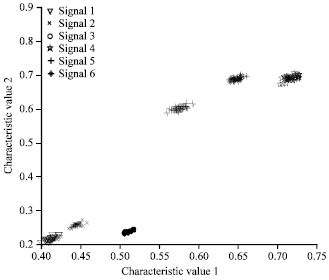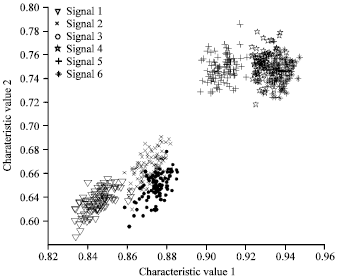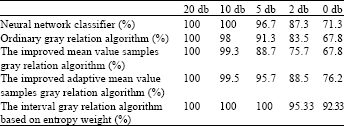Research Article
Classifier Design Algorithms Aimed at Overlapping Characteristics
Institute of Communication Engineering, Harbin Engineering University, Harbin 150001, China
Li Jing-Chao
Institute of Communication Engineering, Harbin Engineering University, Harbin 150001, China
Kang Jian
Institute of Communication Engineering, Harbin Engineering University, Harbin 150001, China















